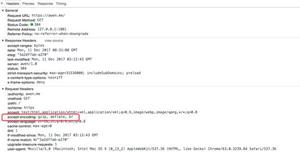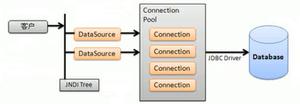在Swift中,最简单的方法来获取数组中的最后两项?
有没有一种更干净的方法来获取Swift中数组的最后两项?通常,我尝试避免使用这种方法,因为与索引一一对应很容易。(在此示例中,使用Swift 1.2。)
// Swift -- slices are kind of a hassle?let oneArray = ["uno"]
let twoArray = ["uno", "dos"]
let threeArray = ["uno", "dos", "tres"]
func getLastTwo(array: [String]) -> [String] {
if array.count <= 1 {
return array
} else {
let slice: ArraySlice<String> = array[array.endIndex-2..<array.endIndex]
var lastTwo: Array<String> = Array(slice)
return lastTwo
}
}
getLastTwo(oneArray) // ["uno"]
getLastTwo(twoArray) // ["uno", "dos"]
getLastTwo(threeArray) // ["dos", "tres"]
我希望有一些更接近Python的便利。
## Python -- very convenient slicesmyList = ["uno", "dos", "tres"]
print myList[-2:] # ["dos", "tres"]
回答:
使用Swift 5时,您可以根据需要选择以下模式之一,以便从数组的最后两个元素中获取新的数组。
回答:
使用Swift,符合Collection协议的对象具有suffix(_:)方法。数组suffix(_:)具有以下声明:
func suffix(_ maxLength: Int) -> ArraySlice<Element>返回一个子序列,直到指定的最大长度,该子序列包含集合的最终元素。
用法:
let array = [1, 2, 3, 4]let arraySlice = array.suffix(2)
let newArray = Array(arraySlice)
print(newArray) // prints: [3, 4]
回答:
作为suffix(_:)方法的替代方法,您可以使用Array的subscript(_:)下标:
let array = [1, 2, 3, 4]let range = array.index(array.endIndex, offsetBy: -2) ..< array.endIndex
//let range = array.index(array.endIndex, offsetBy: -2)... // also works
let arraySlice = array[range]
let newArray = Array(arraySlice)
print(newArray) // prints: [3, 4]
以上是 在Swift中,最简单的方法来获取数组中的最后两项? 的全部内容, 来源链接: utcz.com/qa/430502.html




